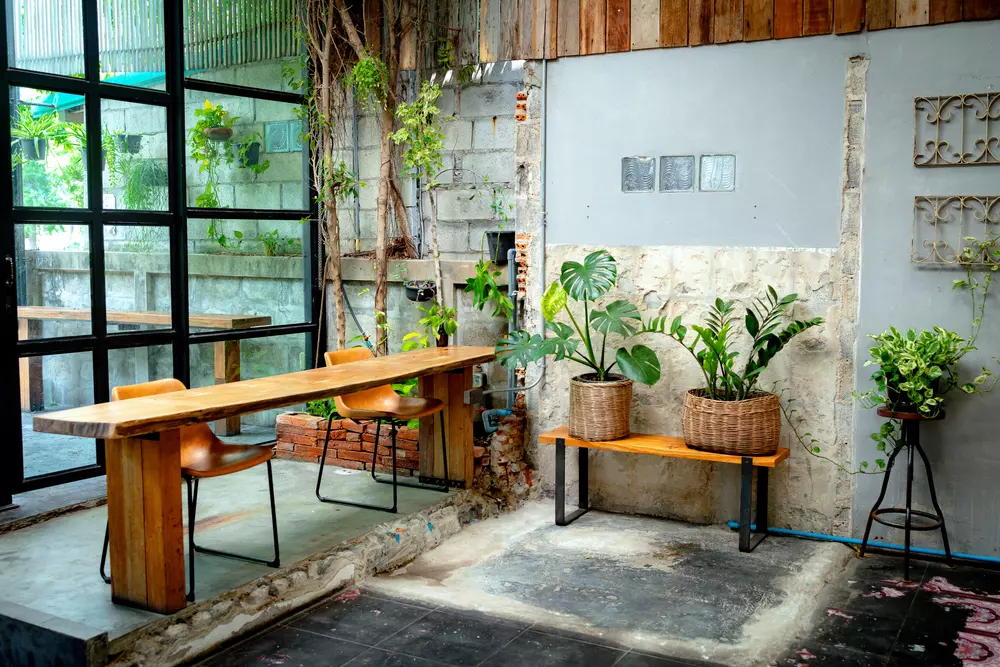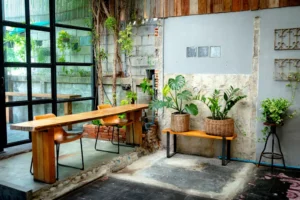Eco-Friendly Practices for a Sustainable Cafe
Introduction
Incorporating eco-friendly practices into a cafe is not only beneficial for the environment but also appeals to the growing number of environmentally-conscious consumers. By adopting sustainable methods, cafes can reduce their ecological footprint while enhancing their brand image. Here are some effective strategies to create a sustainable cafe.
Sustainable Sourcing
- Local Suppliers: Partner with local farmers and producers to source fresh, seasonal ingredients. This reduces transportation emissions and supports the local economy.
- Organic Products: Choose organic coffee, tea, and ingredients that are grown without synthetic fertilizers and pesticides, promoting soil health and biodiversity.
- Fair Trade: Opt for fair trade-certified products to ensure ethical sourcing and support workers’ rights and fair wages.
Waste Reduction
- Minimize Single-Use Items: Encourage customers to bring reusable cups and containers. Offer discounts for using personal items to incentivize this practice.
- Compost and Recycle: Implement a comprehensive waste management system that includes composting food scraps and recycling paper, glass, and plastics.
- Reusable Serveware: Use reusable plates, cups, and utensils rather than disposable ones. This reduces waste and enhances the dining experience.
Energy Efficiency
- Efficient Appliances: Invest in energy-efficient appliances and equipment, such as energy-star rated coffee machines, refrigerators, and lighting.
- LED Lighting: Replace traditional bulbs with LED lighting to reduce energy consumption and extend bulb life.
- Smart Thermostats: Use programmable thermostats to optimize heating and cooling, reducing energy waste.
Water Conservation
- Low-Flow Fixtures: Install low-flow faucets and toilets to reduce water usage without compromising functionality.
- Efficient Dishwashing: Use energy and water-efficient dishwashers and train staff on water-saving techniques during cleaning.
Eco-Friendly Packaging
- Biodegradable Options: Choose biodegradable or compostable packaging for takeout orders, such as containers made from plant-based materials.
- Minimal Packaging: Reduce packaging where possible and use recycled materials to minimize environmental impact.
Community Engagement
- Educate Customers: Share information about your sustainable practices and encourage customers to participate in eco-friendly initiatives.
- Host Workshops: Organize events or workshops on sustainability topics, such as composting or reducing plastic waste, to engage the community.
- Collaborate with Local Organizations: Partner with environmental groups or local businesses to promote sustainability initiatives and events.
Sustainable Transportation
- Bicycle-Friendly Amenities: Provide bike racks and encourage cycling by offering incentives or discounts to customers who arrive by bike.
- Support Public Transport: Encourage employees and customers to use public transportation by promoting nearby transit options.
Measure and Improve
- Track Progress: Regularly assess your cafe’s environmental impact by tracking energy, water, and waste metrics.
- Set Goals: Establish clear sustainability goals and continually work towards improving your eco-friendly practices.
Conclusion
Implementing eco-friendly practices in a cafe is a meaningful way to contribute to environmental sustainability while attracting conscious consumers. By focusing on sustainable sourcing, waste reduction, energy efficiency, and community engagement, cafes can create a positive impact and set an example in the industry. Embracing these practices not only enhances the cafe’s reputation but also fosters a culture of sustainability that benefits both the business and the planet. Through continuous effort and innovation, a sustainable cafe can thrive as a responsible and cherished establishment.











Post Comment